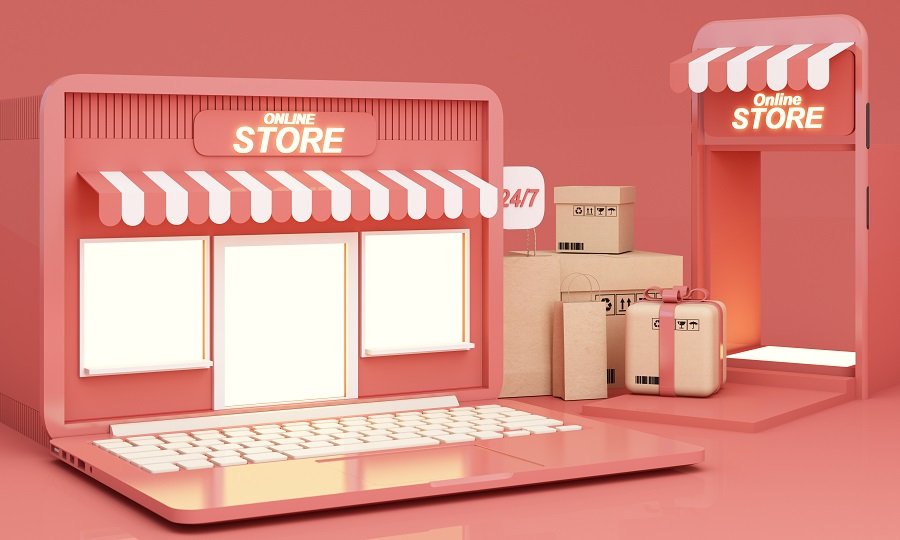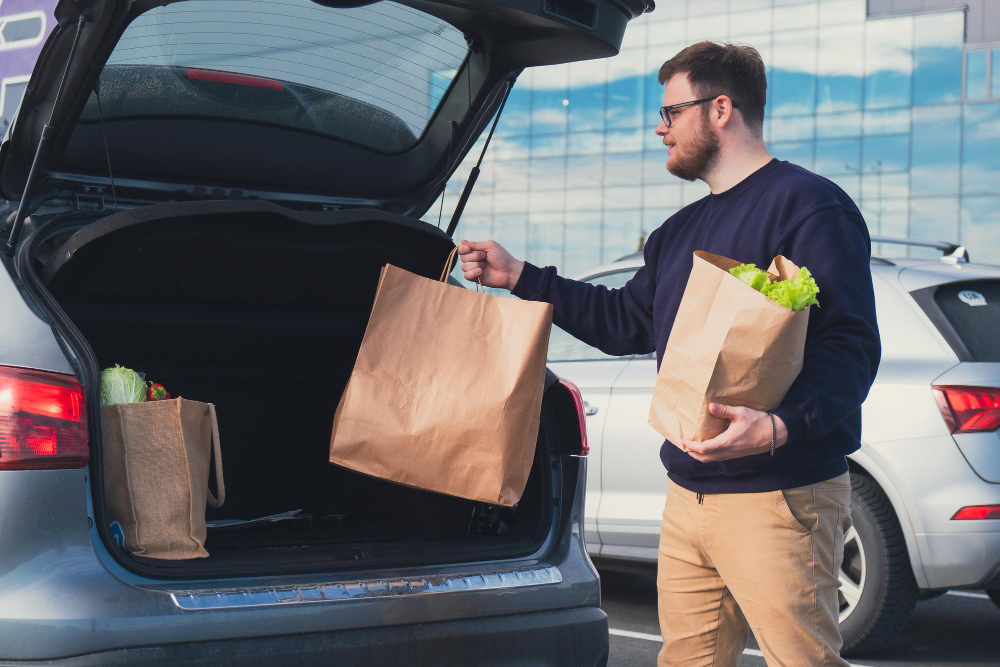BOPIS Fulfillment is shaking up the retail landscape, bridging the gap between online convenience and offline immediacy. By integrating the comfort of online browsing with the tangible experience of in-store purchase, this innovative approach is winning over both shoppers and retailers alike. The retail industry is undergoing significant changes, and one strategy that is rapidly gaining traction is BOPIS—Buy Online, Pick up In-Store. The reasons for embracing BOPIS fulfillment become clear when we examine the shift in consumer behavior and the benefits this model brings to both shoppers and retailers.
Before we dig deep into the article topic, if you are an online/offline seller and want to enable the option of this great feature for your business, click here to know more.
Decoding the BOPIS Boom
Today’s consumers have an increasing preference for omnichannel retail, which seamlessly integrates online and in-person shopping experiences. E-commerce platforms provide a wealth of information, empowering shoppers to research product specifications and check availability before stepping into a store. Significantly, 71% of customers view it as crucial to check store inventory online, and if this feature isn’t available, 39% of customers would probably not visit the store.
BOPIS offers a blend of online convenience and offline immediacy. This combination provides a seamless shopping experience, particularly attractive to those who need a product urgently or want to physically compare items before making a purchase.
Benefits for Retailers
BOPIS is not a one-sided benefit—it also provides substantial advantages to retailers:
- Saving on overheads: Retailers can utilize in-store labor for BOPIS, which helps to save on shipping and logistics costs.
- Moving inventory: Retailers can sell in-store inventory that might otherwise remain unsold due to warehouse fulfillment.
- Upselling opportunities: An impressive 85% of shoppers tend to make additional purchases in-store when picking up an online order.
- Lower cart abandonment: Shoppers using BOPIS are less likely to abandon their carts due to concerns about shipping costs or backorder notifications.

BOPIS variations like ROBIS (reserve online, buy in-store) and BORIS (buy online, return in-store) further enhance customer experience and drive conversions. Given the benefits to both sides of the market, it’s reasonable to expect that BOPIS fulfillment and its variations are here to stay.
How BOPIS Works?
A typical BOPIS process unfolds as follows:
- Online shopping by customers: Retailers allow customers to make purchases online via their e-commerce platforms, offering real-time local inventory visibility and options for free store pickup.
- Order fulfillment by the store: If the item is in the store, associates pick, pack, and prepare the order, notifying the customer when ready. If the item is not available, the associate orders it from a nearby store or warehouse and notifies the customer when it arrives.
- Order pick-up by customers: Customers can collect their orders from a designated area inside the store, or opt for curbside pickup. Clear instructions for pickup, delivered via text, push notification, or email, ensure a seamless process.
Addressing BOPIS Challenges
While BOPIS offers a myriad of benefits, retailers also need to tackle a few challenges:
- Inventory allocation: Retailers need to manage inventory distribution between stores and warehouses efficiently.
- Real-time store inventory: Implementing advanced technology may be necessary to synchronize online and physical inventory, ensuring customers can easily check local store availability.
- Higher customer volume: As BOPIS makes in-store inventory accessible to online shoppers, retailers need to prepare for increased customer footfall.
- Staffing for fulfillment: Retailers need to ensure they have enough staff on hand to fulfill orders in time for customer pickup.
- Establishing pickup stations: Retailers need to set up easily accessible locations within the store to store BOPIS orders.
- Transaction charges: Retailers need to account for transaction fees charged by payment gateways for purchased items left uncollected.
Despite the challenges, BOPIS fulfillment, with its blend of online convenience and in-store immediacy, is changing the retail landscape. Retailers that can harness its opportunities and navigate its challenges are poised to lead in this fast-evolving market.


